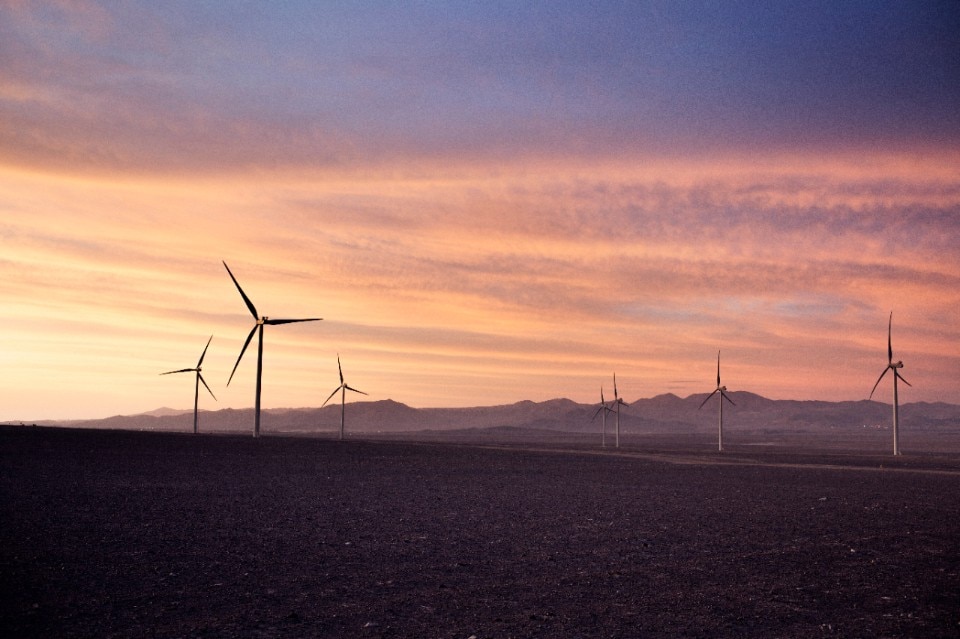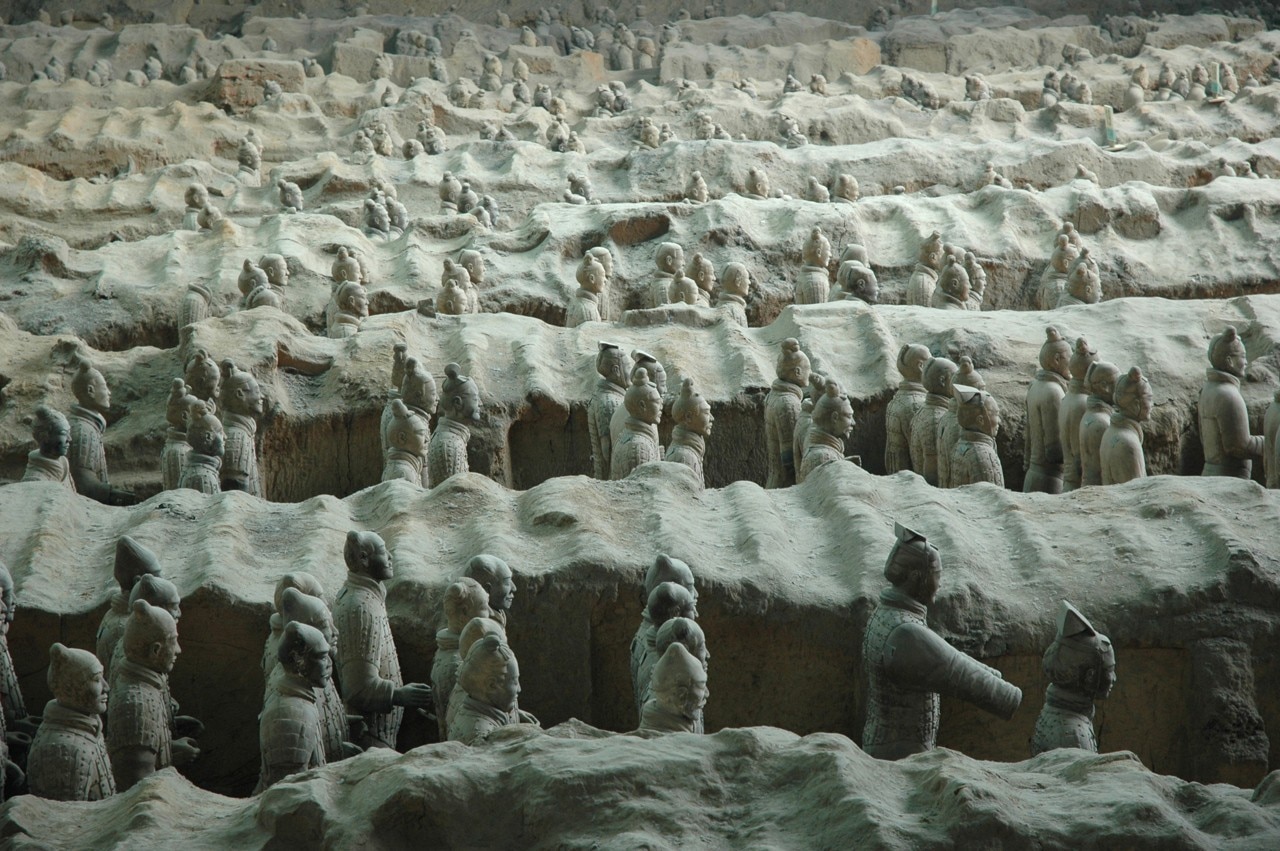
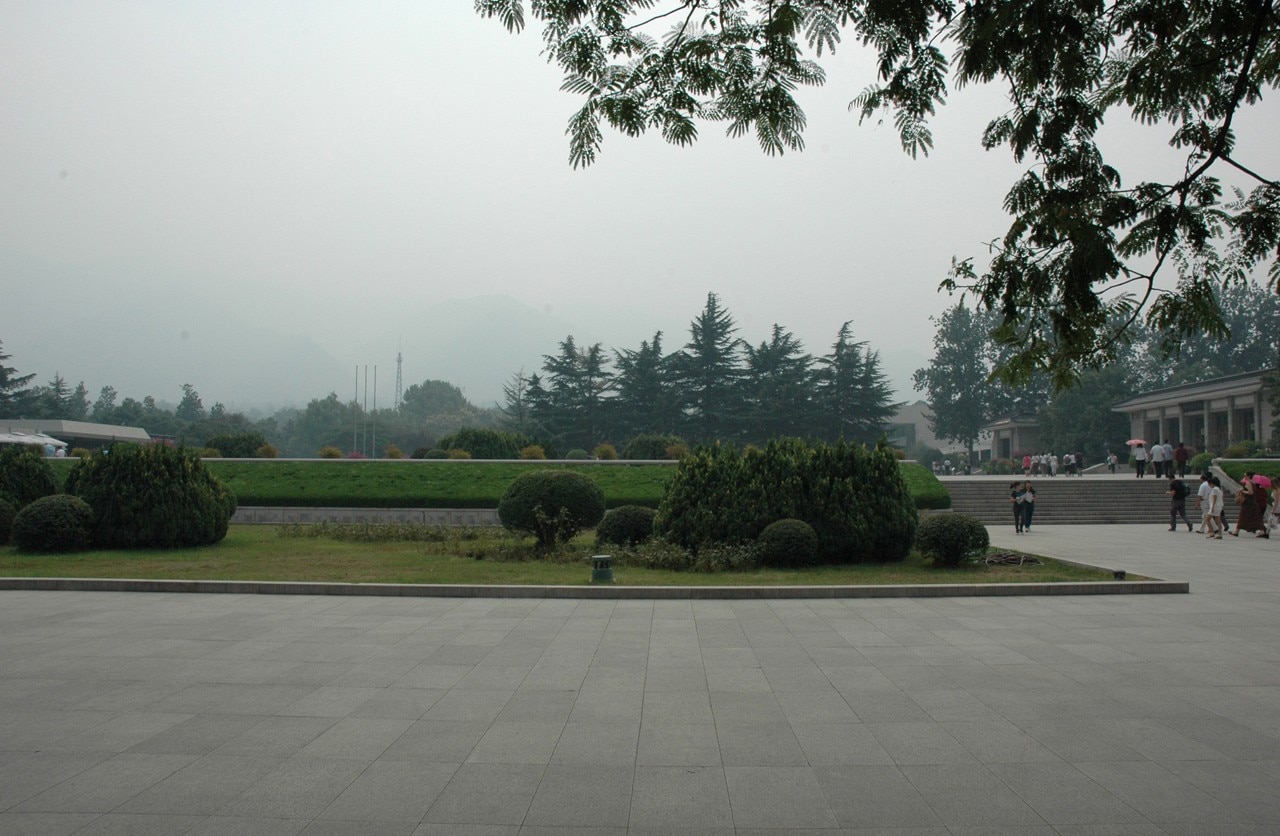
Xi'an’s real sky is anything but blue. A permanent fog caused by pollution shrouds the city, which has the appearance of a scattered worksite with a skyline in several shades of grey. Against this, the silhouettes of the old pagodas are joined by those of more and less recent office blocks – no archistar designs for the moment – and, above all, the many 30-storey apartment blocks, often grouped together and all constructed with the same prefabricated units.
The chaos seen in many zones, indicating a situation in full flow and experiencing a period of adjustment, is countered by the order found in the large spaces designed and planned as historic parks or entertainment districts. Here, the extreme attention paid to public space features is coupled with the extraordinary expertise in garden design and maintenance typical of the Chinese culture.
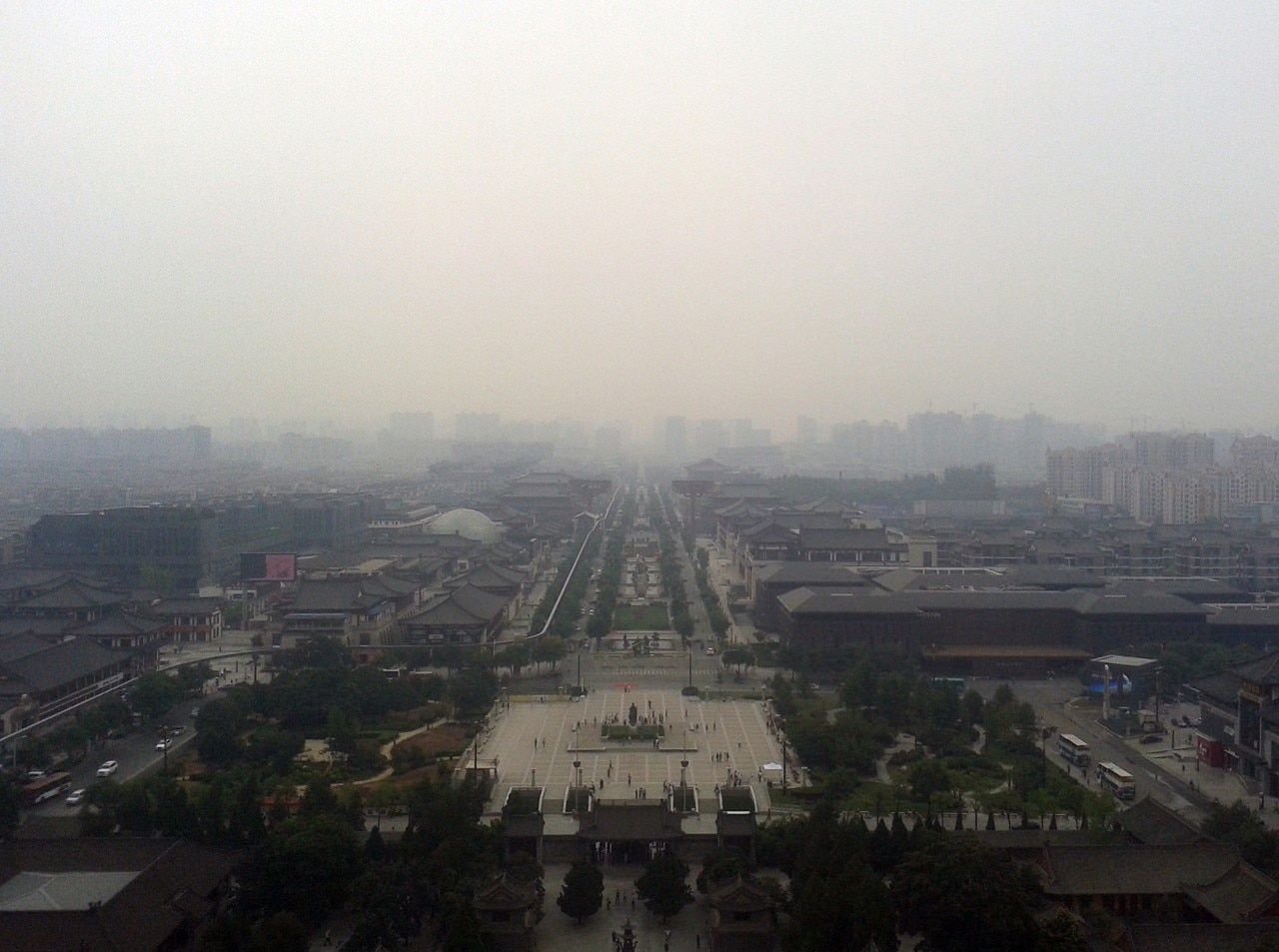

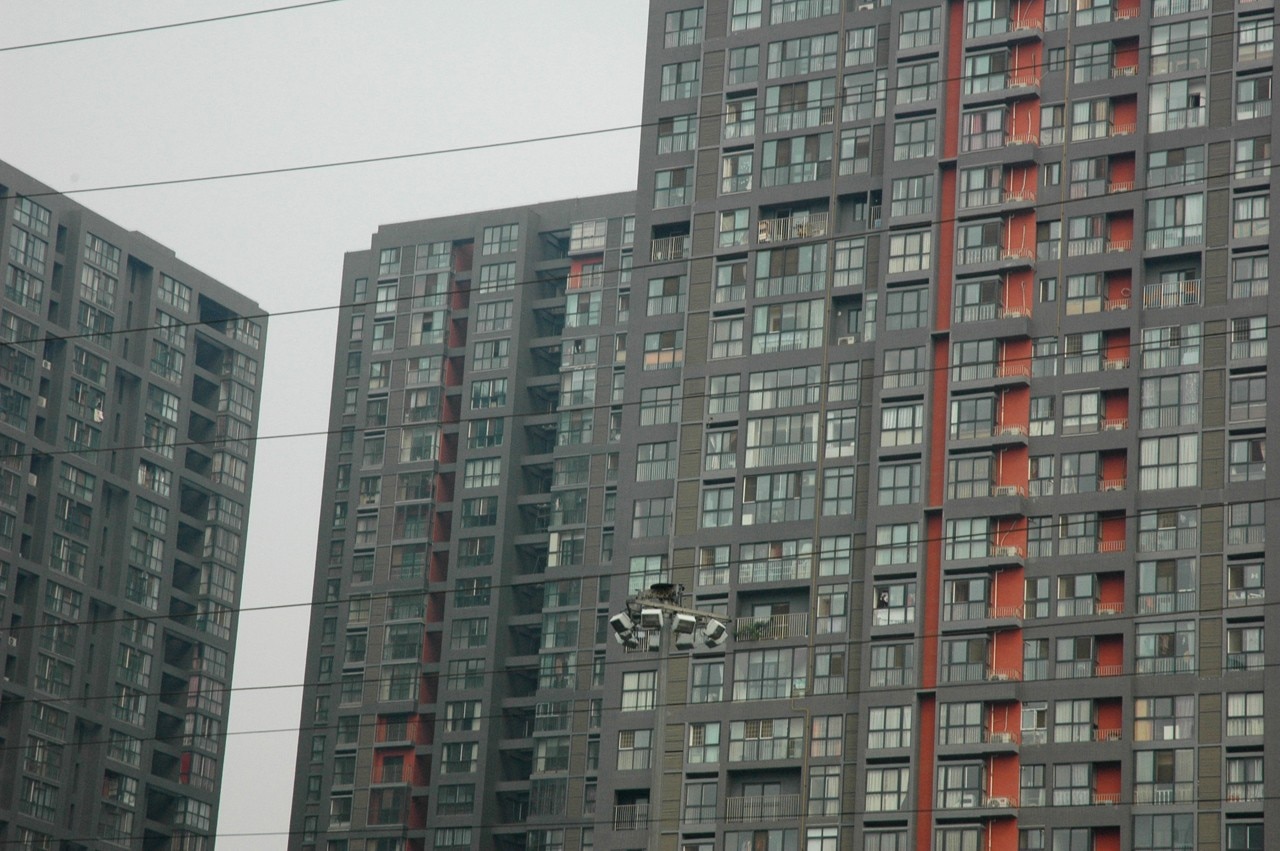
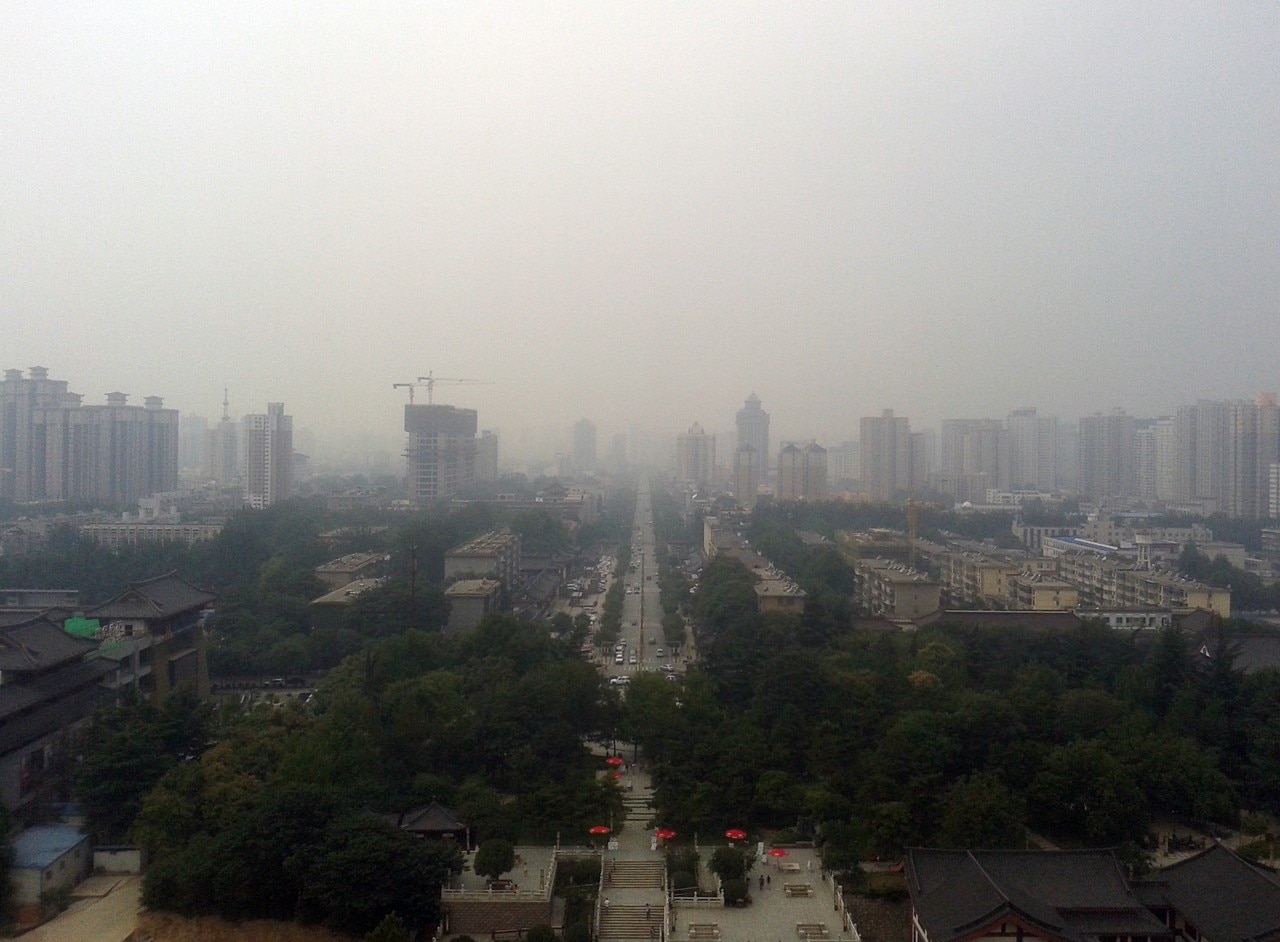
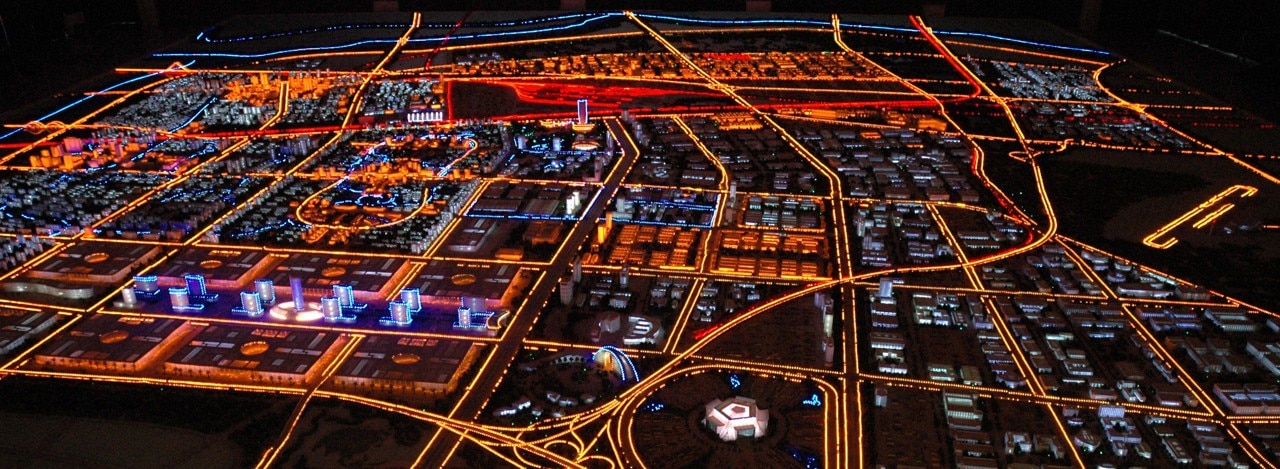
Yes, this is only the beginning. At the moment, Xi'an with its 9 million population is only a second-class city but in a few years’ time it will be another of the many Chinese megalopolises.
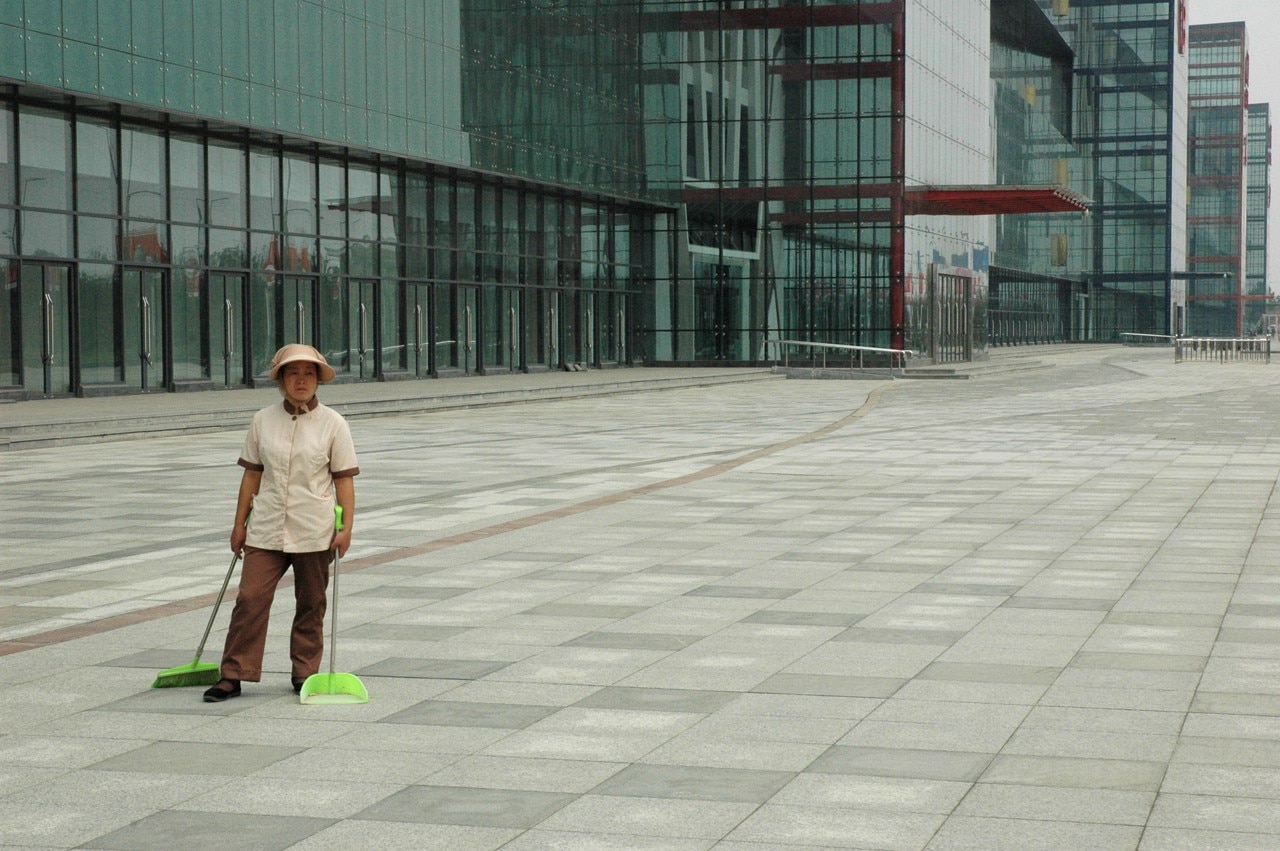

Wood: a key resource for south tyrol
In this northern Italian region, wood is a vital resource that brings together tradition, the economy and environmental protection. The short and sustainable supply chain is worth €1.3 billion and involves thousands of local companies.



